ON THE TRACK OF LOCAL ARTS AND CRAFTS IN CONGO…
Congolese Art and Culture
In our apporach to the design of the Kintele Congress Centre we have worked with local cultural patterns and also involved the work of local artists and craftsmen in all aspects of the project. The most visible form of this is in the use of ceremonial masks, amulets and sculptures, which are still very much part of local contemporary culture. Masks and wooden sculptures are produced in villages as symbolic representations of all aspects of life, whether this is to do with a marriage, fertility, war, or good and evil or any other relatively normal condition of life. The religious make up of the population in Congo (Brazzaville), is 50% Christian, and a good 40-45% are believers in other local forms of religion, and tradition. Most of these beliefs are connected with forms which are deeply related to nature, and a great many the characteristics of forest animals. The result is a rich collection of traditional masks and sculptures which vary greately in their design.
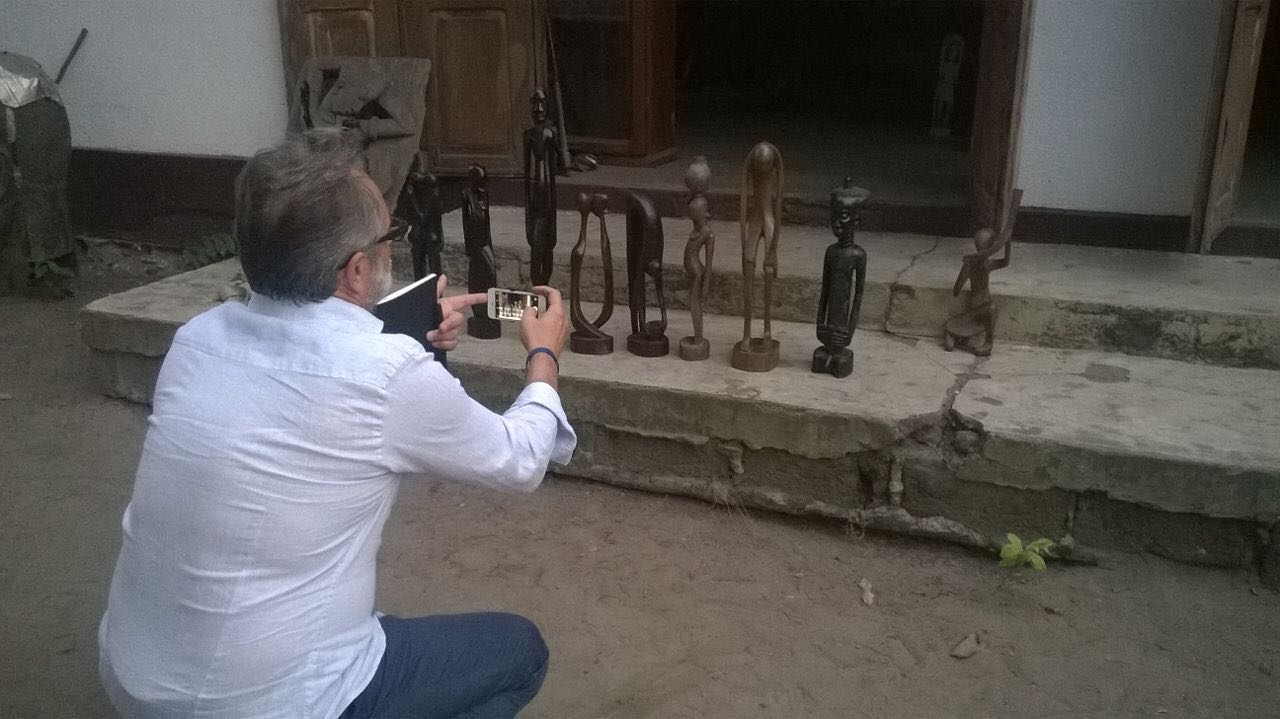
Much of this is differentiated by tribal boundaries, which are set in relatively small regions. There are 15 main ethnic groups but no less than 75 sub-groups, which creates a great richness in the variety of art and sculpture that emerges from Congo in the form of masks and statuetts. Congo is relatively unique in this sense and it was important for us to represent this in the Congress Centre and its Hotel spaces in some way.
For me as the architect of this great project this is a life time dream come true, because African masks have been my passion and interest every since my parents lived (10 years) in Nigeria and I was fortunate enough to design the extension of Accra Airport in Ghana in 2001. Therefore we have given a great deal of thought where such art can be placed in the spaces of the Centre.
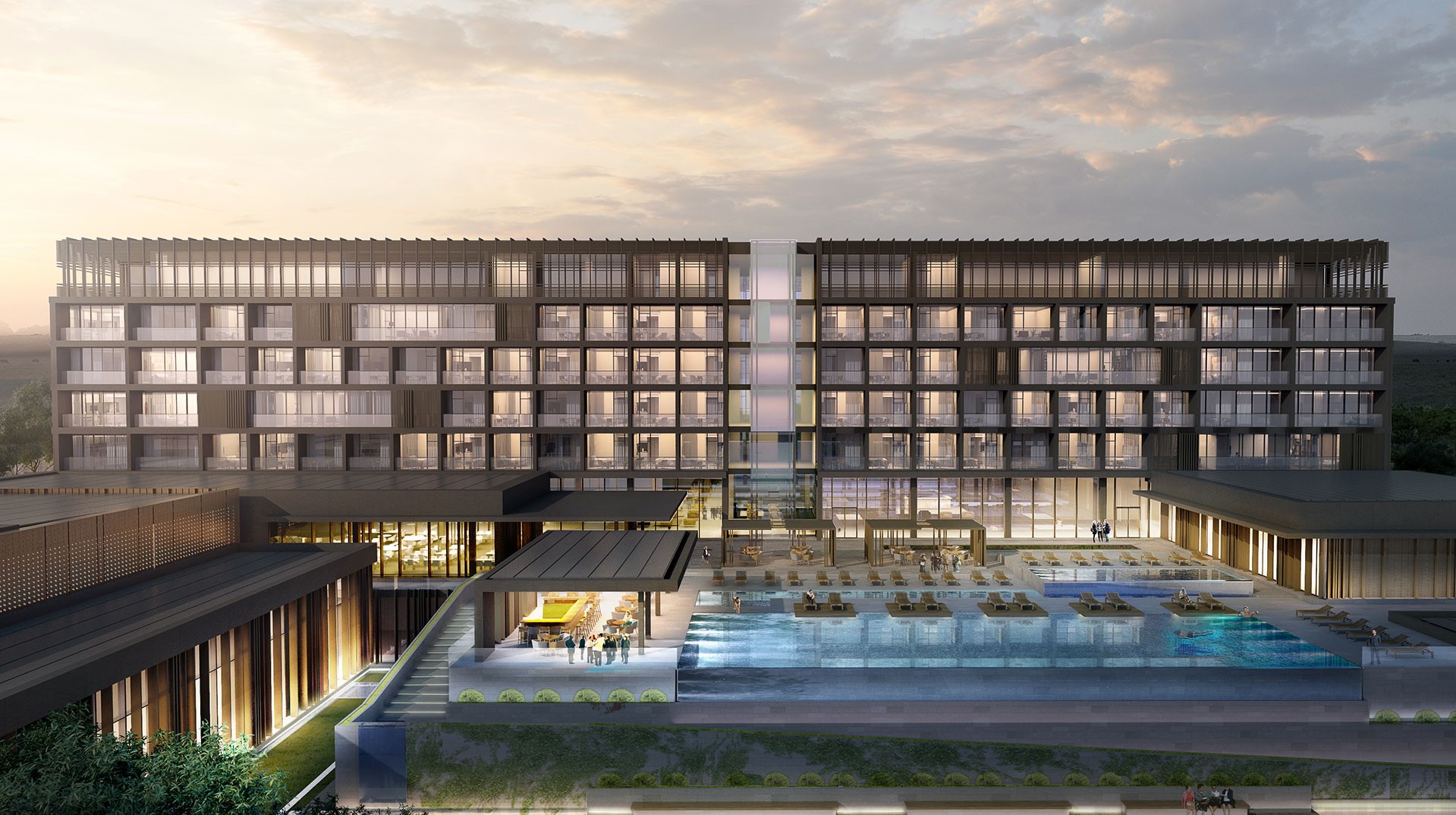
Masks welcome you to the Hotel
Of course the public spaces of the hotel provide a great opportunity and from the very beginning, as a guest enters the hotel he is greeted with this richness of the art of The Congo (Brazzaville). The lobby area is virtually treated as a museum space as many forms of traditional masks and statues are located here. What is of interest is, there is also an up and coming contemporary artists community which is also producing some interesting art, and we have juxtaposed these modern pieces with the more classic, older traditions of the village people.
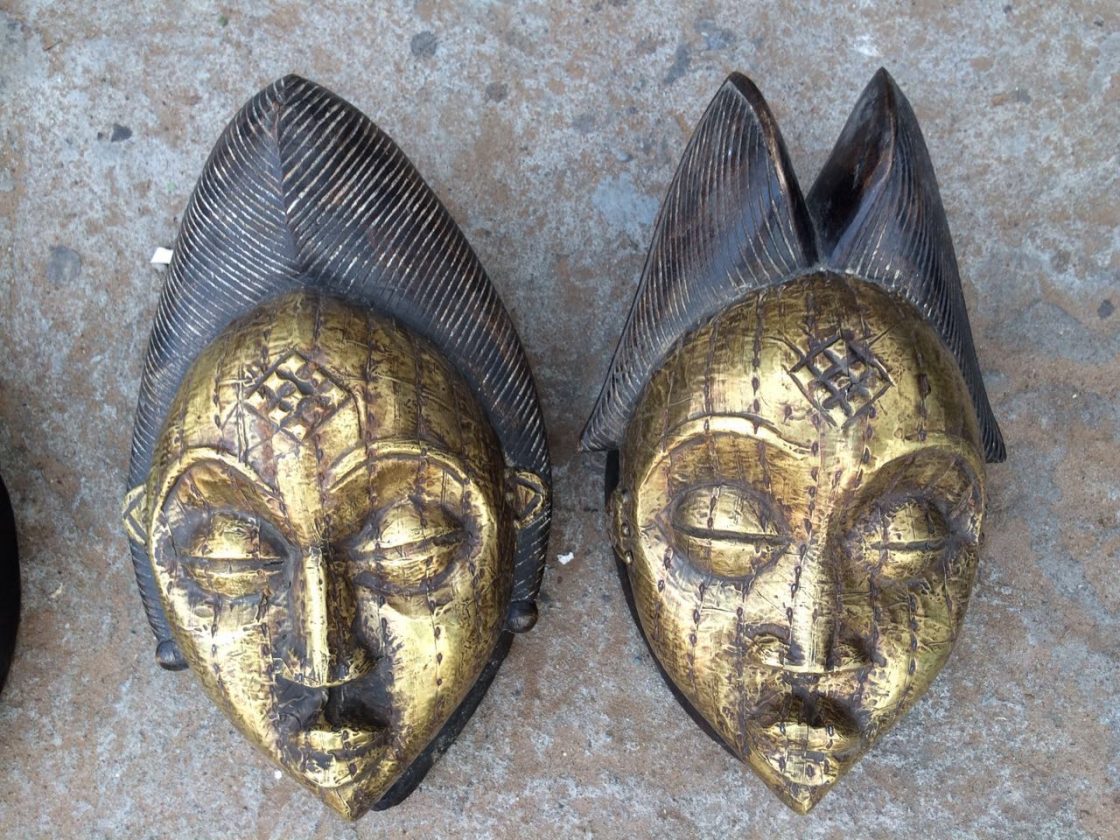
The hotel rooms though provide the greatest opportunity, as there are 200 of them and in each are placed male female masks of some 17 kinds, which are distributed randomly in each room. Thus each room is characterised with such a ‘couple’ that welcomes you quite literally when you enter you room.
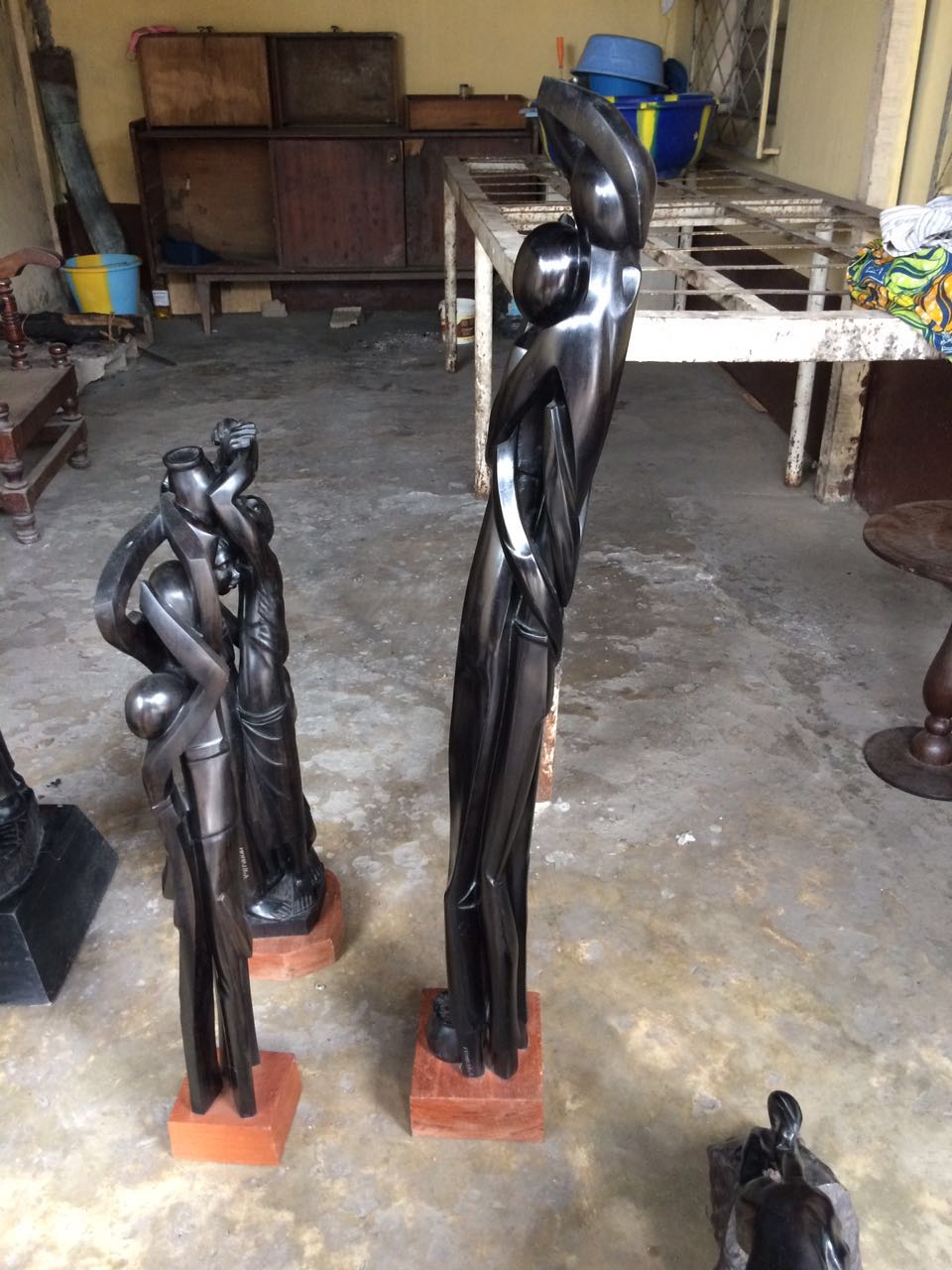
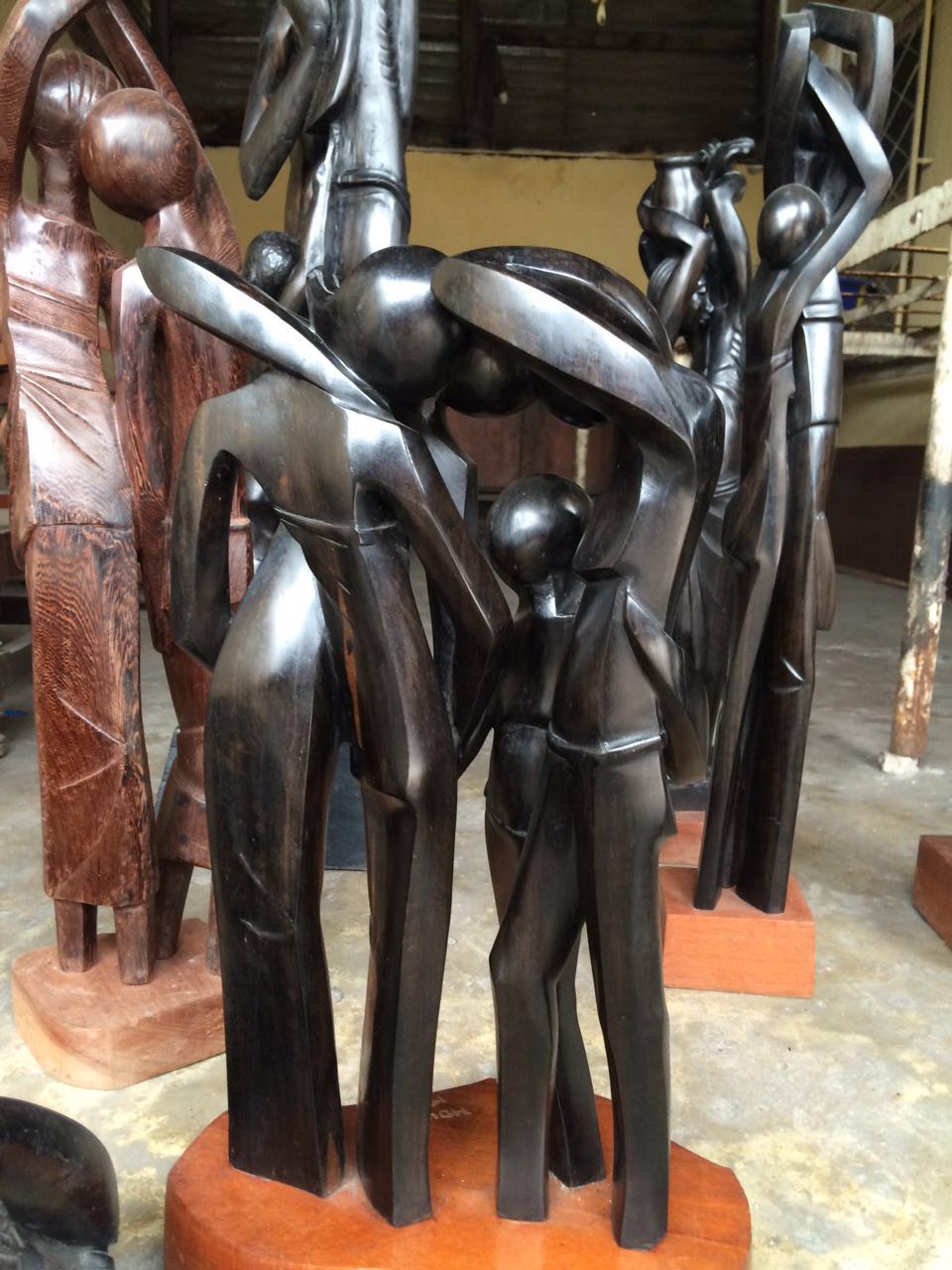
Cultural influences on the design of the buildings
From the very beginning of our design process we were careful to consider the relevance of local artistic and cultural influences on the design of the Congress Centre. The main elements of the programme, such as the Congress Hall, Presidential Hall and Banquette Centre were clad with a secondary layer of metal panelling perforated in geometric patterns derived from traditional Congolese fabrics. These patterns were chosen to differentiate the various elements, and lit from behind so that at night the main elements of the design have a gentle glow.
Such patterned perforated screens were also used in wall panelling in the restaurant, museum and press hall external walls, but in this case the patterns become visible from the inside as natural light goes through the perforations.
Animated Courtyards
The main elements of the design are punctuated by courtyards and all except two are accessible by the public. These spaces all have an element of locally produced wooden or stone sculpture which characterises the space in a particular way and which engages with the landscaping of that space.
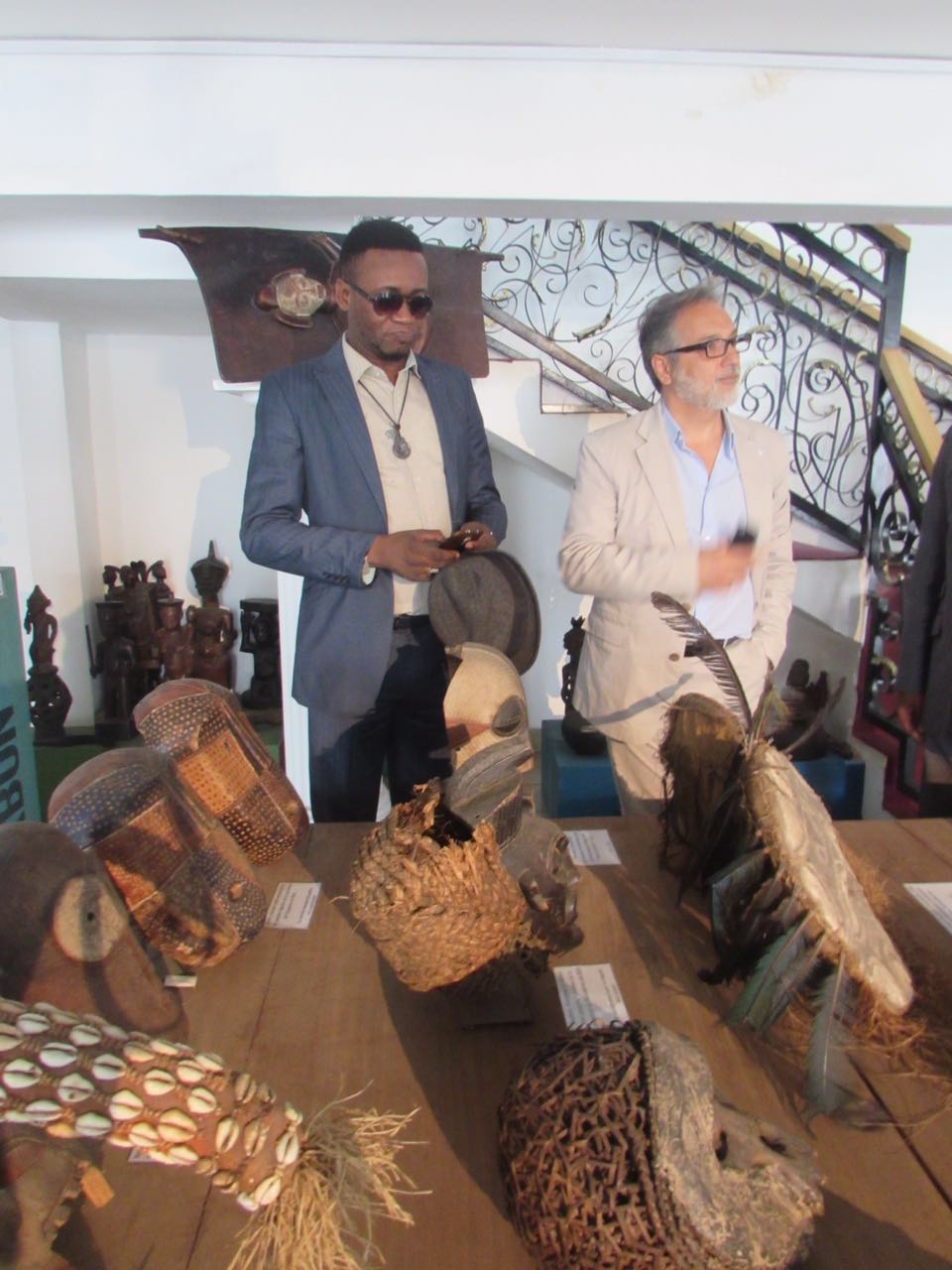
The Museum is a great opportunity
It is my hope that the first ever exhibition in the new Museum at Kintele will be a historical presentaion of the tradition of masks and mask making. The museum is designed as a neutral canvas, with tall spaces, lit partially by indirect lighting from large windows, as well as a flexible system of tracks that can provide any range of exhibition opportunities.
The corridors are an art gallery
The main elements of the complex are linked by two main corridors that connect the Banquet hall to the Presidential and the Presidential Hall to the main Congress Hall. The sequence is a great opportunity to create a flexible art space, well lit, and well frequented, that might become a showcase for contemporary art in Congo. We have there fore selected a group of artists with the advice of the Ministry of Art and Culture and will set off the first of hopefully many exhibitions to come in the Kintele Congress Centre.
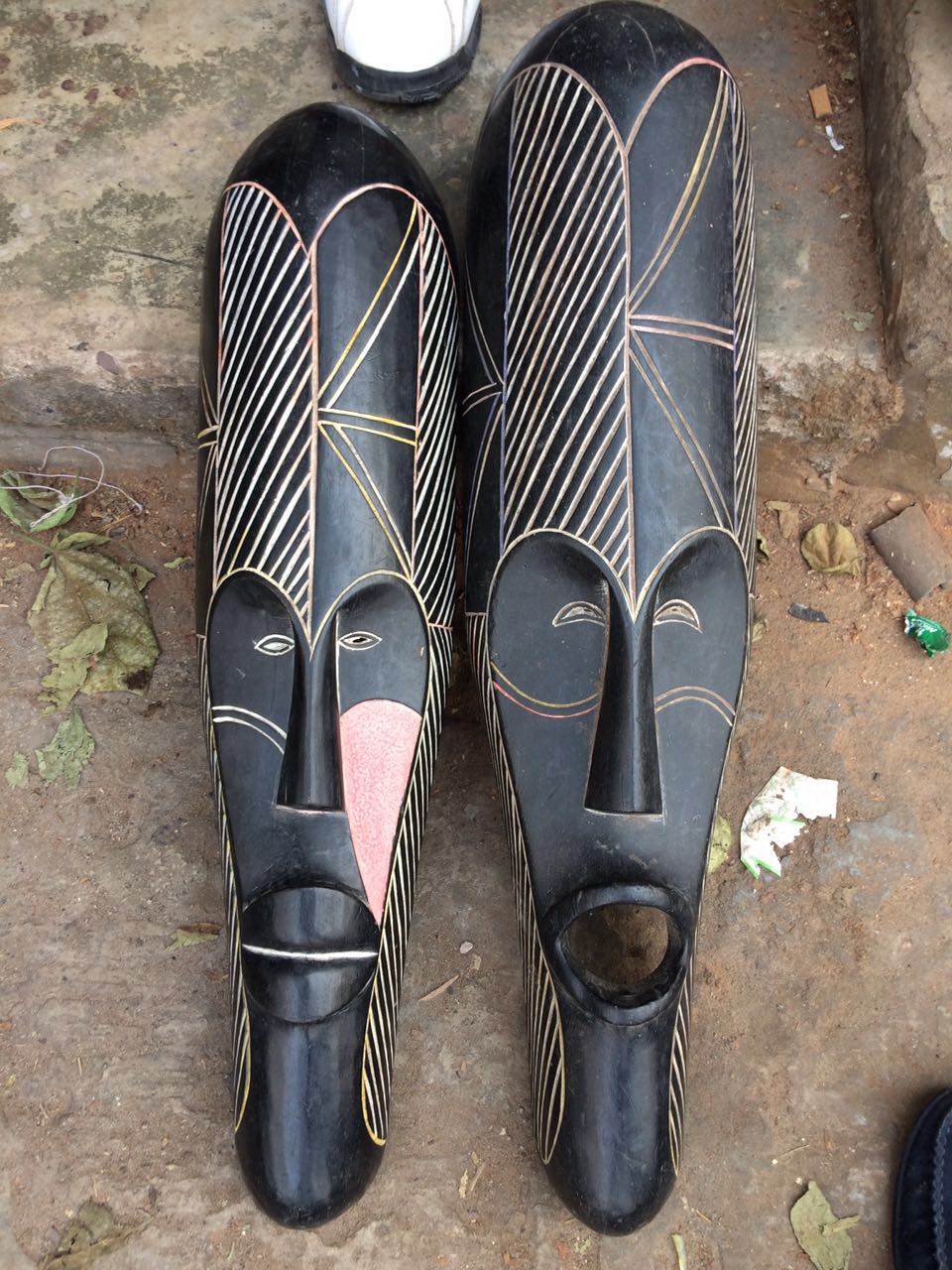
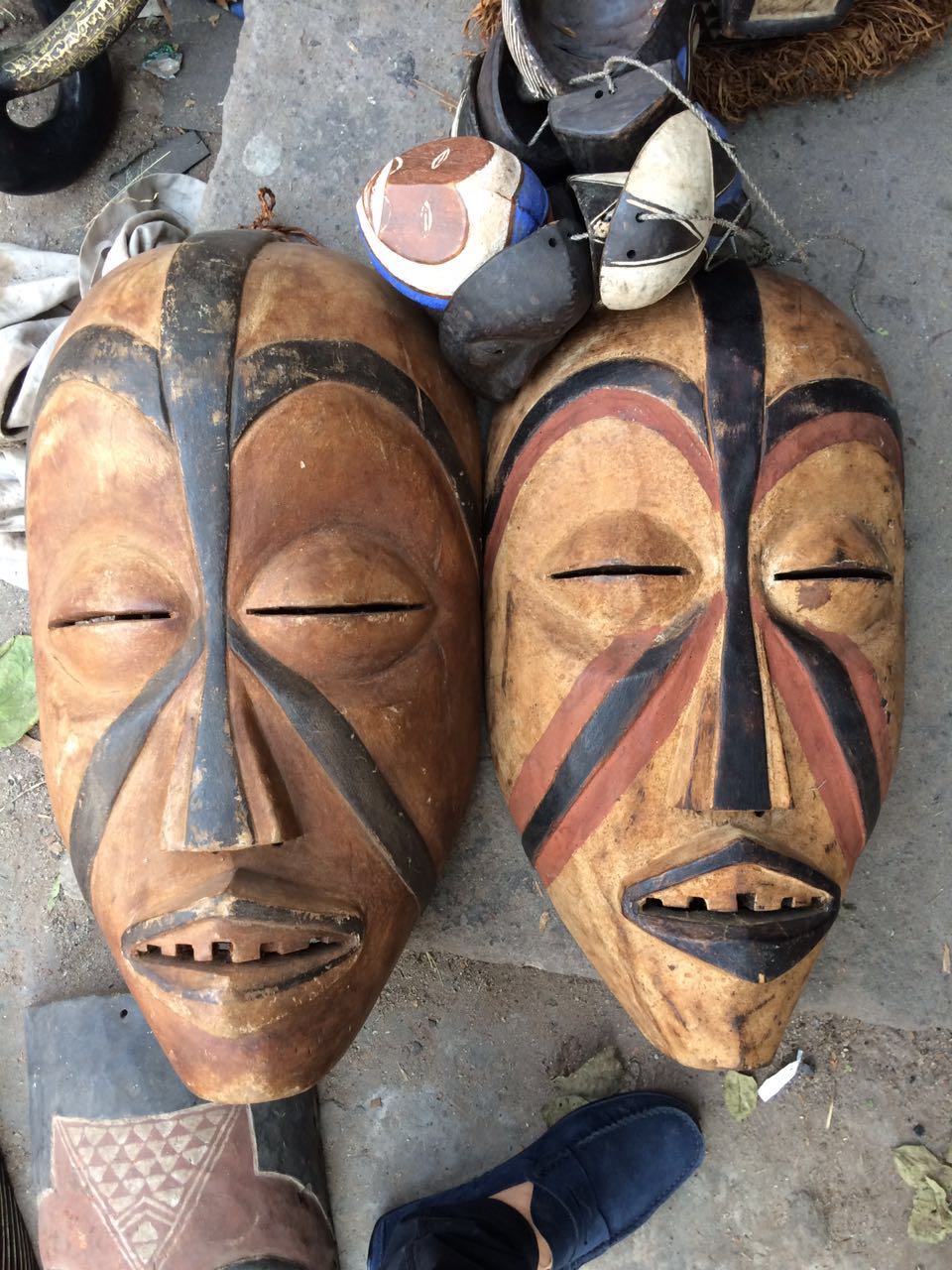
The Congress Hall Foyer
This is a grand space which is there to serve the 1500 Seat Congress Hall, and before entering the hall guests are able to appreciate the selection of traditional statuettes that stand at its ends. These are set at eye height so that the viewer can have a full body relationship and engage with the sculpture on an equal basis.

Selçuk Avcı, August 2016
Please click on the button below to access and view all details of the Congo Kintele Congress Centre Project.




